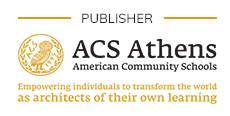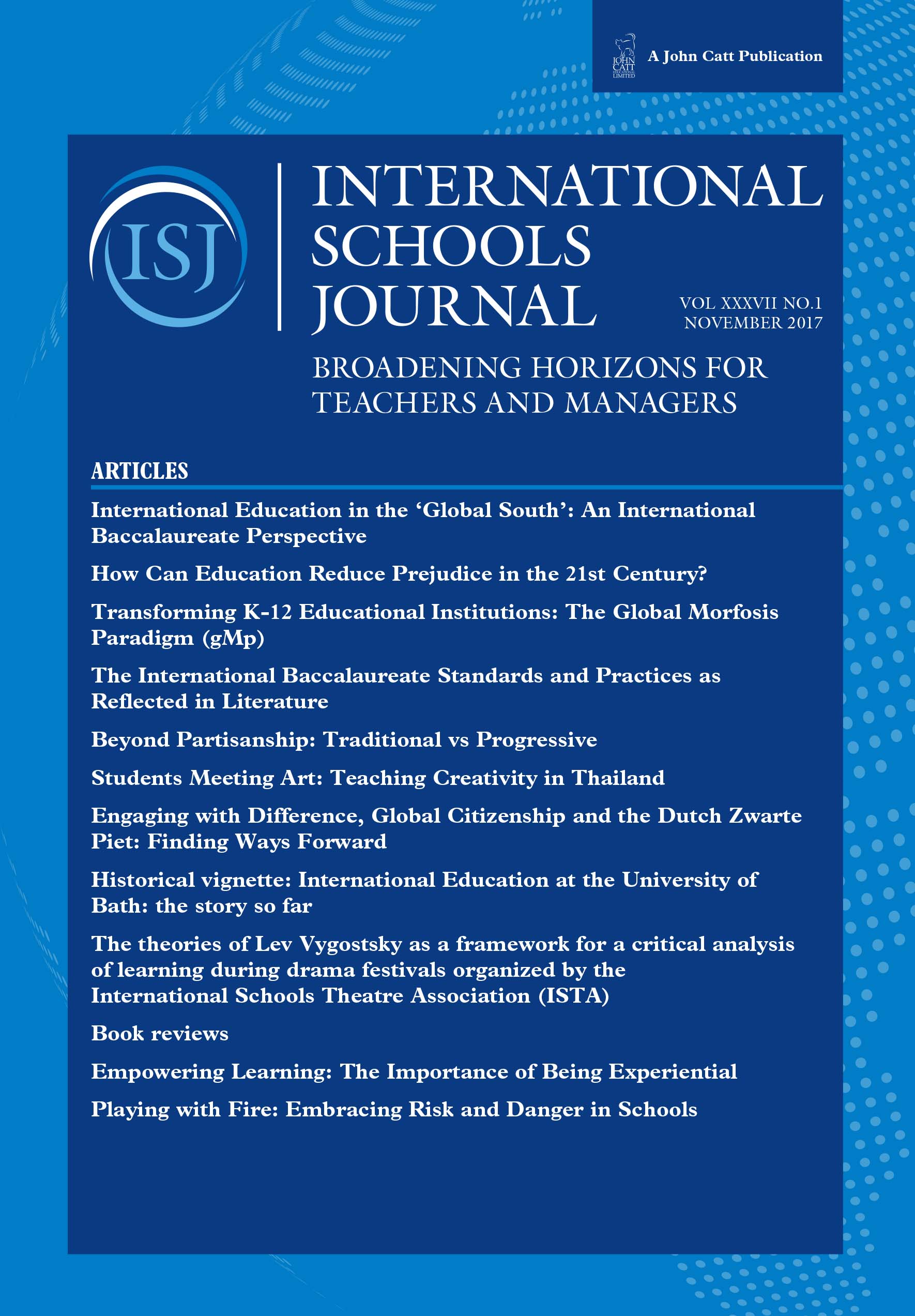ISJ November 2017: Bridging the Gap – Building Teachers’ Capacity for Developing Language, Literacy, and Content Learning
10,00€
Kathleen Ann Ramos and April A. Mattix Foster
Abstract:
In today’s increasingly diverse classrooms around the globe, all teachers can provide enriching learning environments for English learners (ELs) by designing instruction that simultaneously balances language, literacy, and content learning (de Oliveira, 2016). In this manuscript, we share a rich description of instructional practices that teachers can enact to integrate academic literacy development and content learning for ELs in multicultural and multilingual classrooms. In such instruction, teachers can strive to engage ELs and other learners in meaning-focused tasks that recognize language as the key that unlocks content understandings. Instruction centered on both academic language and content learning goals can apprentice ELs to the academic language and literacy practices needed for academic success (Gibbons, 2014).
To illustrate these ideas in action, we provide a contextualized example of two research-based instructional practices that teachers in diverse classrooms can employ to strengthen ELs’ academic language and literacy practices while supporting deeper learning of academic content: conducting instructional conversations that build awareness of the academic language resources that students encounter in school-based genres (Gibbons, 2014) and embedding robust vocabulary instruction into lesson design (Beck, McKeown, & Kucan, 2013). The theory behind each strategy is accompanied by practical examples, with our specific examples centering on a lesson using a cyclical explanation of the water cycle text in an upper elementary classroom.



